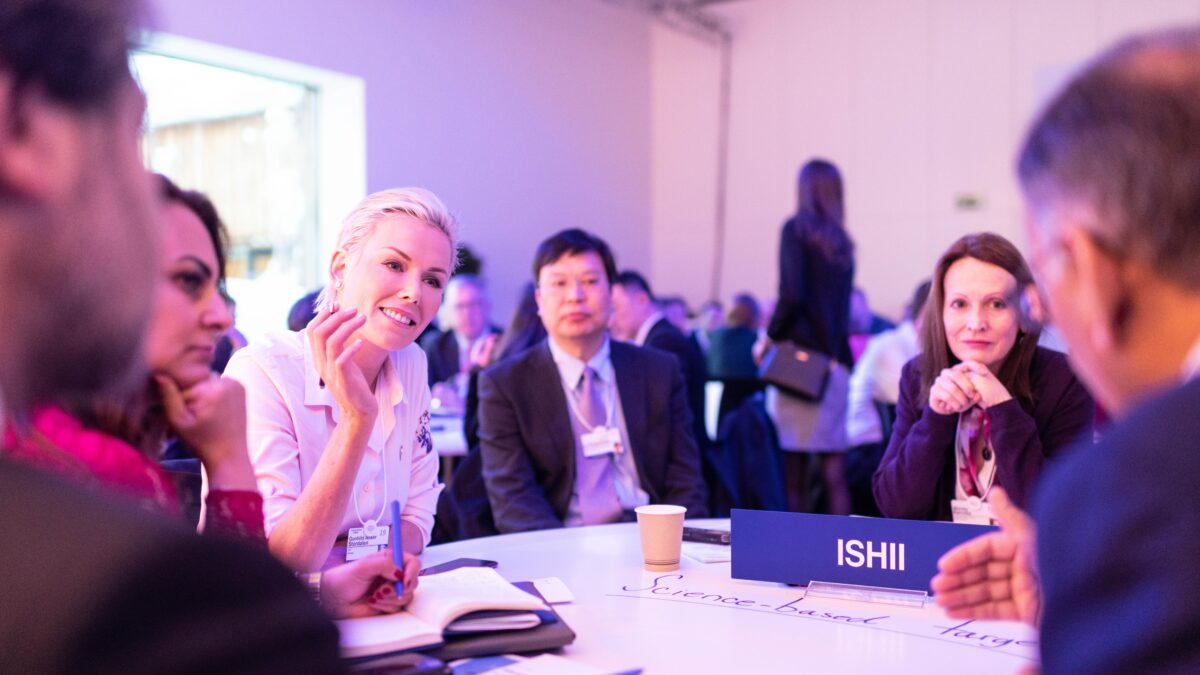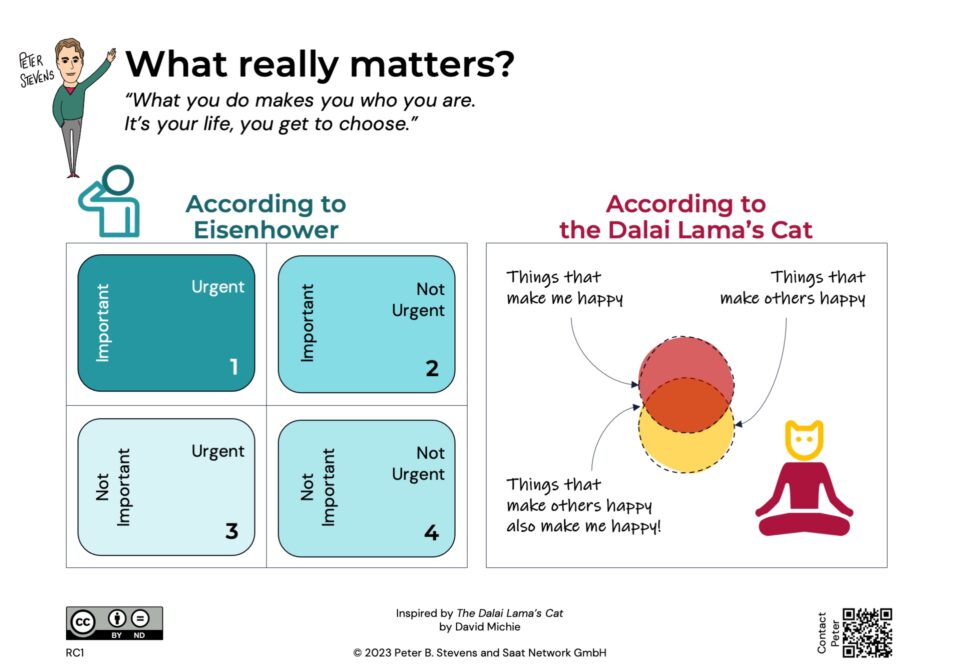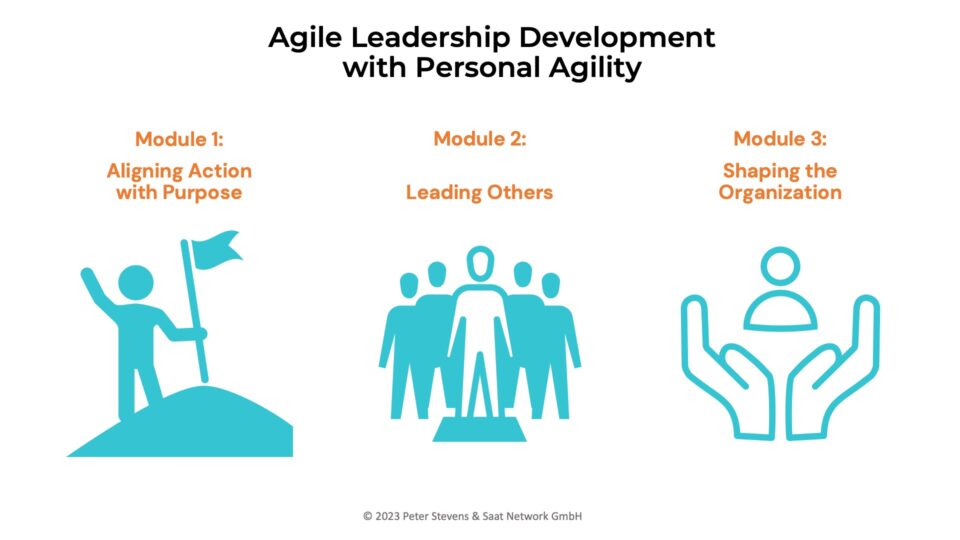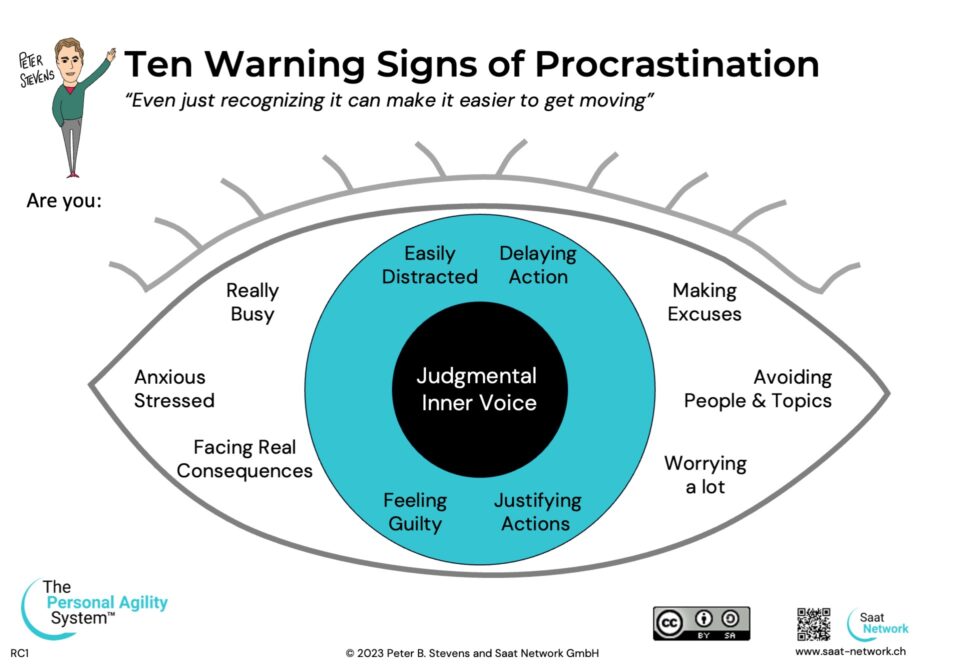
How to create alignment with a stakeholder
04-04-2023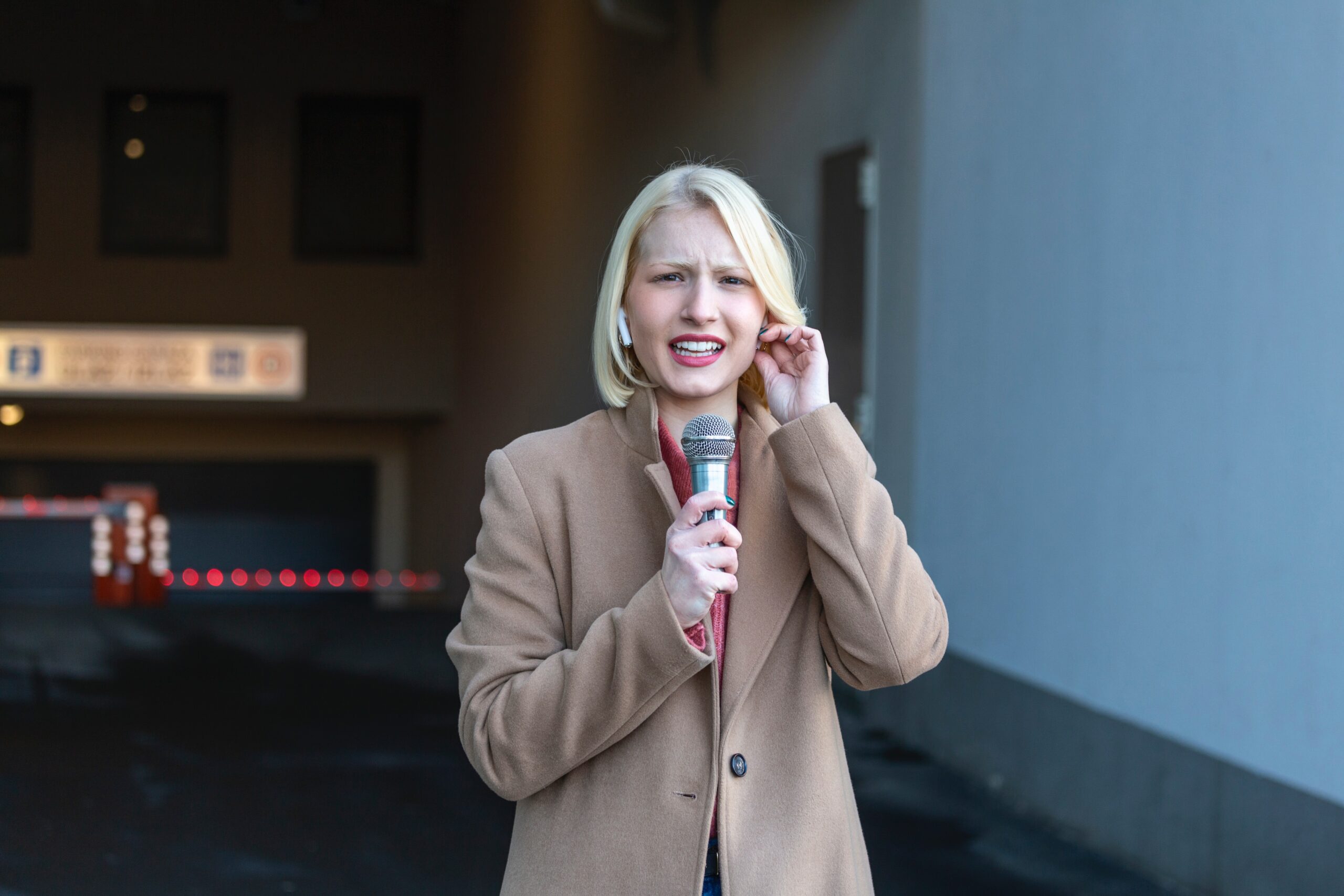
How to Write a Compelling Case Study
06-04-2023Solve problems together with the PAS Collective Problem-Solving Canvas. Find better solutions in just 30 minutes. Enlist the wisdom of your peers. Read more to discover how it can help you.
Download the PAS Collective Problem Solving Canvas as a PDF (coming: get the whole set of canvases as MS-Word templates).

Few challenges are more complex than leading an organization. The stakes are high, and the consequences are real if you get it wrong. Problem solving is not just about identifying the right solution, but also identifying the right problem.
Who can better help someone solve a problem than a group of their peers? Peers understand the issues but see things from a different perspective.
Although the approach is similar to coaching, this is actually a facilitated group discussion.
The goal is idea generation, not decision-making or persuasion.
How it works
You need: a “Problem Owner”, that is someone who wants to solve a problem; a group of “Peers”, that is, experienced people in a similar but different function, role or situation; and a Facilitator to guide the conversation.
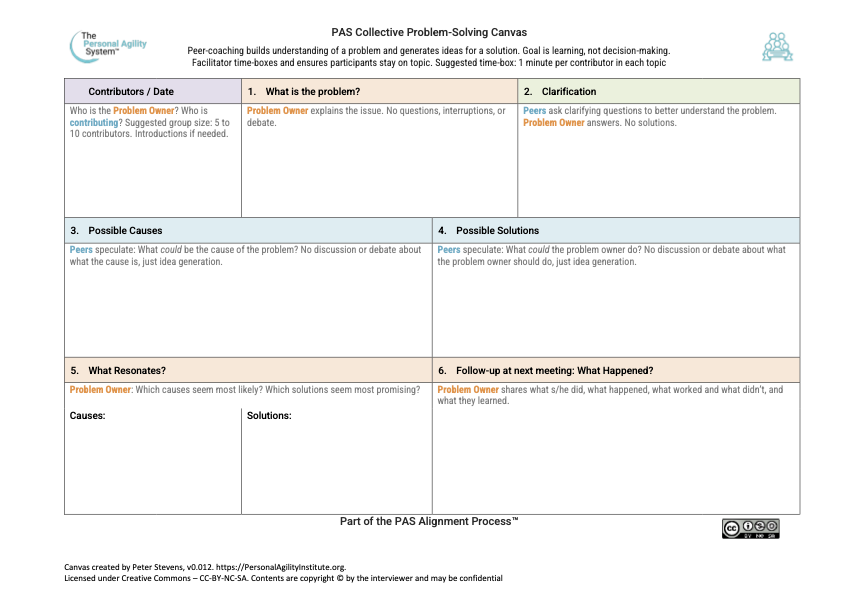
The Problem Owner presents and explains the issue. The “Peers” strive to understand it, then propose possible causes and possible solutions. The Facilitator guides the ensures everyone gets a chance to speak while staying on topic and in the time-boxes. Finally, the Problem Owner shares which ideas seems promising.
- What is the problem? The Problem Owner explains the challenge. The Peers listen.
- Understand the problem. The Peers ask clarifying questions, but do not discuss solutions.
- What could be the cause? Before jumping to solutions, the Peers propose possible causes while the Problem Owner listens.
- What could the Problem Owner do? The Peers proposes things the Problem Owner could do, avoiding the word “should.” Again, the Problem Owner listens.
- What resonates? The Problem Owner shares what resonated, both in terms of probable causes and promising solutions.
Follow up
At the next meeting of the group, the Problem Owner shares what they did and how it played out to maximize learning for everybody involved!
How I use it
I have been using this format for several years to help a group of mostly Swiss executives to find better solutions to their challenges. You can learn this approach in my Certified Scrum Master training classes. Maybe it can help you?
👍 Share this and follow me on Linked In to stay informed!

